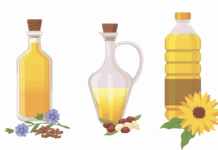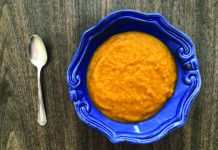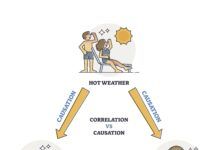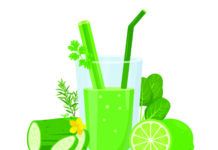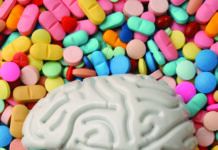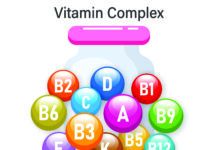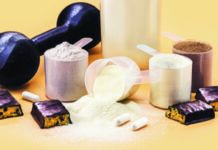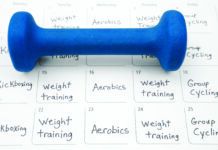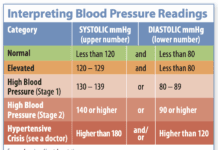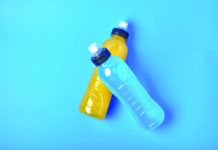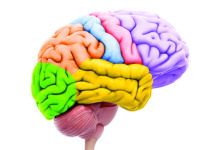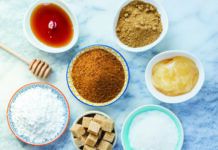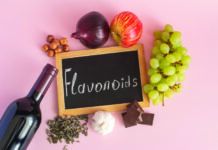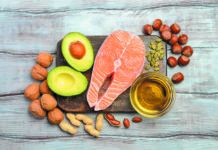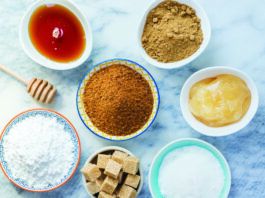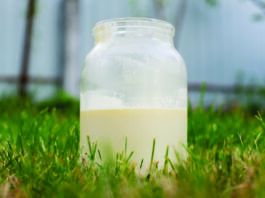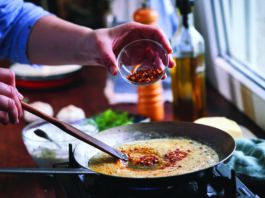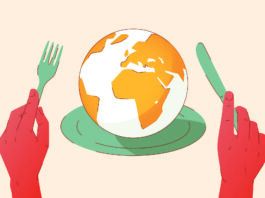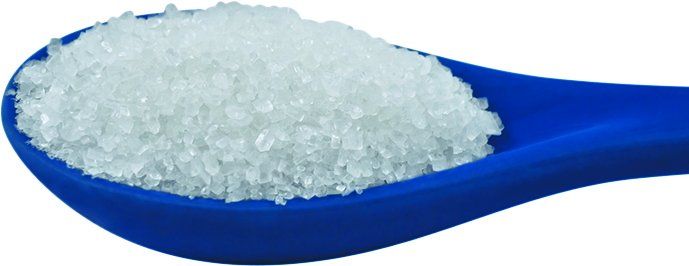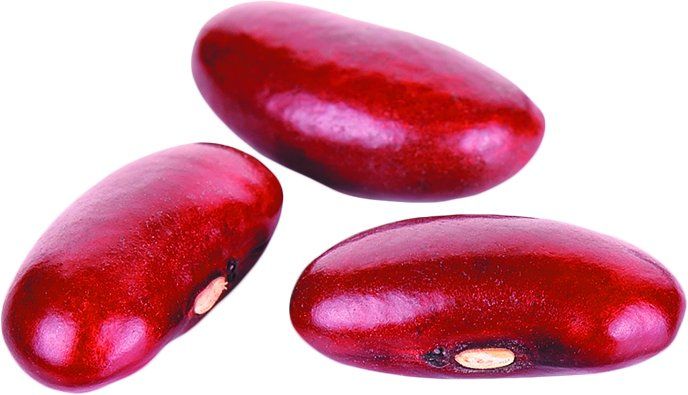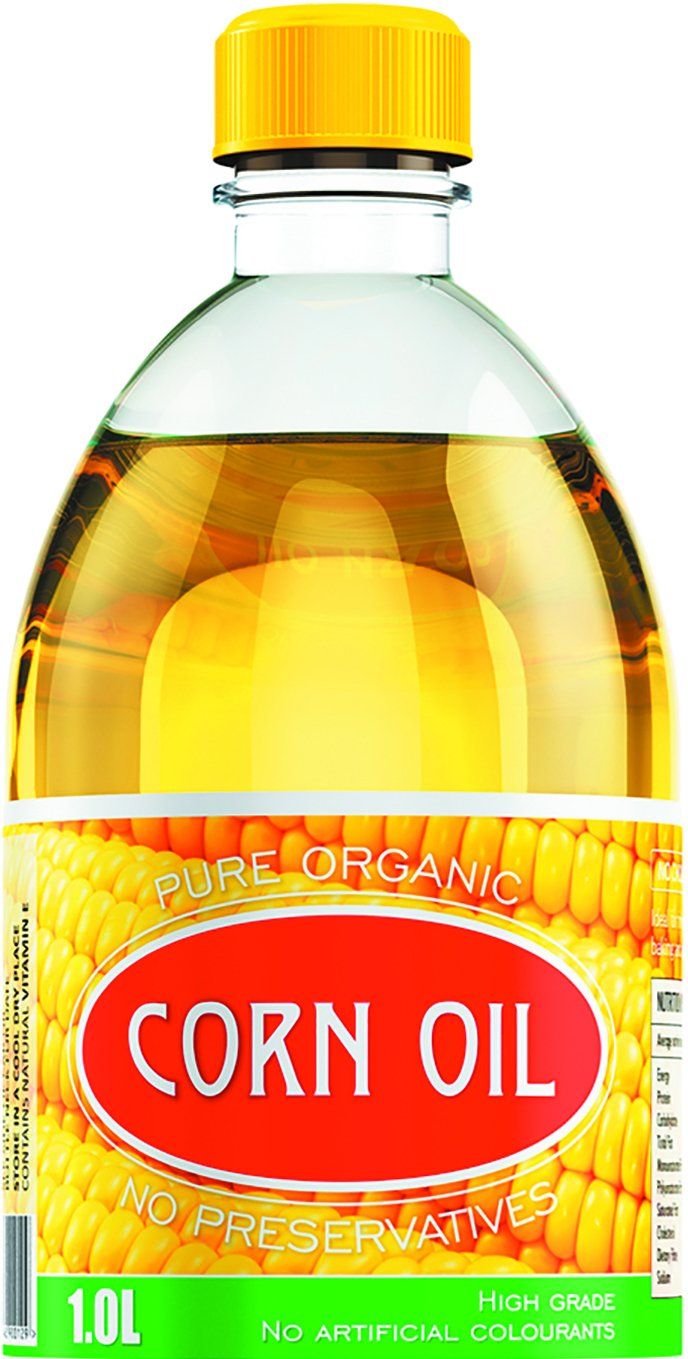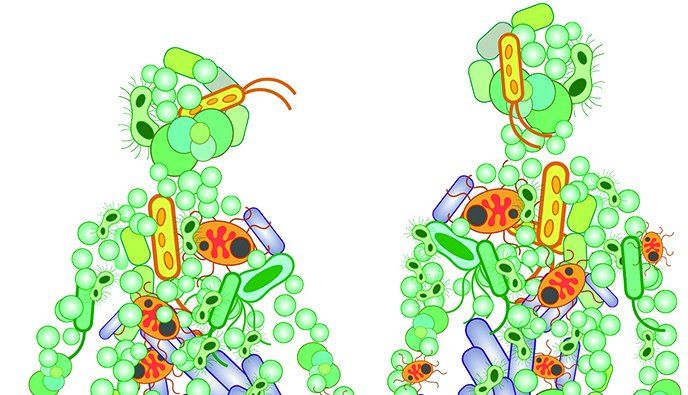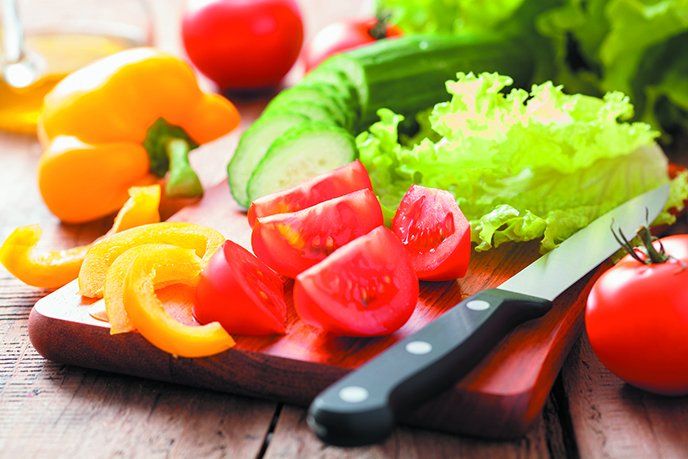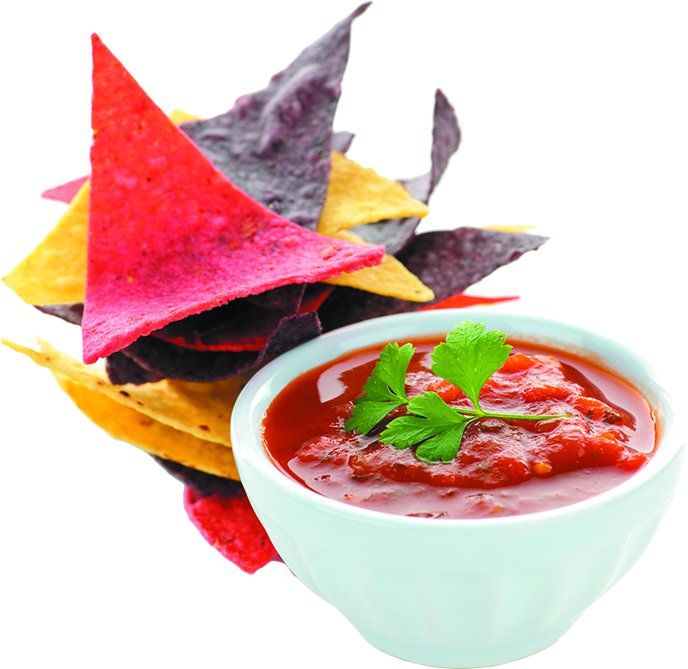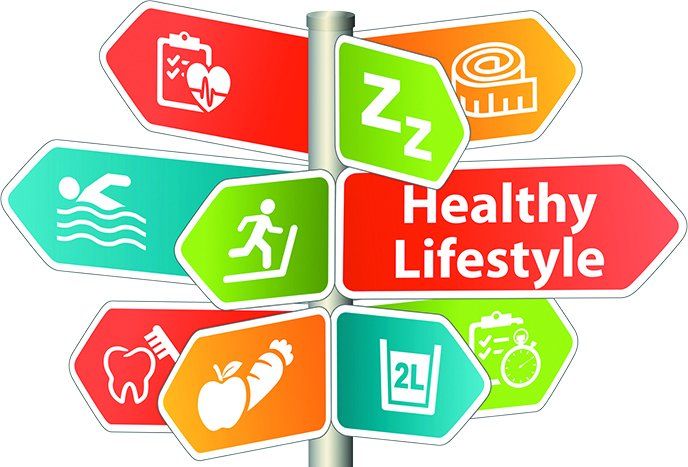Fortified Snack Foods Can Be Tricky
You may be unduly swayed to buy packaged snacks when they carry claims about added vitamins, suggests a new study. A total of 5,076 randomly-selected US adults assessed snack food packages online. When a snack had a claim that it was a good source of a vitamin, the people were significantly less likely to check the Nutrition Facts label and were more likely to choose the snack than when the same product lacked the claim.
To Eat Better and Save Cash, Cook at Home More Often
Eating healthy and saving money may be easier if you don your apron. In a cross-sectional survey of 437 Seattle households, cooking at home more often was associated with a higher-quality dietary pattern, based on criteria in the US Dietary Guidelines for Americans.
Coming to Labels: Added Sugars
Last May, the FDA unveiled an updated Nutrition Facts label, which is required on packaged foods by July 2018 (small companies get an extra year). A big change to the label is listing the amount of "Added Sugars." Those are sugars added by manufacturers. Although you should consider several aspects of a food's nutritional value, checking added sugars can inform choices when comparing products within categories.
Enjoy Hunger-Busting Beans and Peas
If you feel a meal isn't complete without meat, try substituting legumes (beans and peas). New research from the University of Copenhagen in Denmark found legumes satisfied hunger just as well as a meat-based meal.
Unsaturated Fat Best for Heart
Hoping past news headlines hinting it's OK to load up on butter were right? No such luck. Longstanding advice to eat unsaturated fat in place of saturated fat - also found in high amounts in foods such as fatty meats and mixed dishes like pizza - was recently reinforced by the findings of a large observational study published in The BMJ (British Medical Journal).
Nourishing Your Microbiota
Microbes - bacteria and other tiny critters not visible to the naked eye but numbering in the trillions - are busy in your body. Many of these microbes benefit you. Others have the potential to cause harm. This community of microbes is called the microbiota. Their genes are called the microbiome.
Mastering Appetite Control
It's all too common for people to go on weight loss diets but give up because their appetite is surging. Sadly, many people regain much of the weight theyve worked so hard to lose. It may not be due to weak willpower, though. Rather, your body may be producing powerful signals to tell you to eat. How you go about weight loss could make an important difference.
Calorie Labels On Restaurant Menus
By May 5, 2017, restaurants with at least 20 locations must list calories on print menus and menu boards. Calories should appear next to the name or price of regularly-offered foods and drinks - and in a matching type size.
Beat Your Heart Disease Genes
Think you're destined to get cardiovascular disease since it runs in your family? Take heart. A recent New England Journal of Medicine study suggests a healthy lifestyle may cut risk of heart disease events by about half. Events included heart attack, heart bypass surgery (restoring blood flow to heart muscle) and heart-related death. The drastic reduction was regardless of inherited risk.
Dark Chocolate VS Milk Chocolate
The main differences between dark chocolate and milk chocolate are that dark chocolate does not contain milk or milk solids, and dark chocolate is typically lower in added sugars. However, there is not a specific minimum cacao percentage (the amount of cocoa solids in a product) for dark chocolate in the US; in Europe, dark chocolate is defined as chocolate containing at least 35% cocoa solids.

